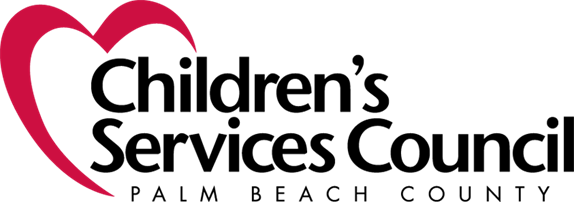A Coaches’ Perspective: CLASS Strategies to Improve the Quality of Your Program
Coaches wear many hats and have lots of knowledge plus a toolbox full of strategies to help improve the quality of teacher-child interactions in the classroom leading to the goal of increased CLASS Assessment Scores. Along with the coaching, educators get an advisor, a mentor, a trainer, a confidence builder, a supporter, a content expert, a collaborator, an encourager with objective viewpoints & a plethora of resources. We took the time to interview one of our ELC Coaches about how they work with providers, strategies to help providers improve their CLASS scores and common roadblocks for providers.
How do you start your coaching work with providers?
My coaching always start with building a strong trusting relationship with educators & directors. This strong trusting relationship provides educators a secure base to present their authentic teaching practices. I build a strong trusting relationship with providers that includes sharing early educator backgrounds & experiences and earnestly listening to the educators’ classroom challenges, concerns, and accomplishments. Building trust with educators can also look like assisting the educators with the children in the classroom, engaging in their activities, providing comfort to a crying child, cleaning up spilled paint or wiping runny noses. In the process of doing this, I am looking for commonality that I can build on and develop into a solid partnership. I reiterate often with educators, “I’m here to build on your teaching skills and support you in getting to the next level in your teaching practice, we both want every child in your classroom and be ready for school. We are on the same team.”
How do you work with Quality Improvement Plan (QIP) Providers?
I enjoy working with providers that are on a Quality Improvement Plan (QIP). It takes a lot of commitment and hard wok from both the educators and coach.
The strategies I use in coaching are specific & customized for the individual educator and children. Together we review the educators most recent CLASS Assessment Detail Report analyzing CLASS behavior markers their effective on children’s learning and development. If needed, sometimes I conduct an overall informal classroom observation that helps the current educators and I identify the strengths and needs in the classroom to increase quality teacher-child interactions.
What strategies do you use to help providers on a QIP?
I strongly believe reflective feedback with educators after a coaching session is essential for building on teachers’ practices, selecting effective coaching strategies and increasing CLASS Scores. Reflective questions such as “What did you notice about the interaction” and “How will the interaction impact the children’s learning?” help educators to think more about what could be done specifically & intentionally to improve upon the interactions. I frequently, model CLASS behavior markers and engage in conversations with educators about how the children responded to a specific interaction and how might the educator start thinking about steps they might take to implement the specific strategy modeled.
The strategy of posting wall displays of CLASS behavior markers in the classroom has has proven to be effective especially with educators that are new to the field of Early Childcare Education. The wall displays serve as a reminder to the educator of the CLASS expectations for quality teacher-child interactions. The educator and I can refer to the specific behavior markers posted during their coaching session and pinpoint the strengths and where they need additional support and practice. The wall displays are constantly evolving as the educator evolves and build on his/her teaching skills. The end goal of the wall display is the behavior markers along with consistent implementation will become a natural part of the educator’s teaching practice and will no longer need to be posted in the classroom.
What are some common roadblocks you find educators come up against and what are some strategies you recommend to overcome them?
It is imperative that educators develop a solid foundational knowledge of the CLASS Tool and understand quality teacher-child interactions look and sound like and why those interactions are important to children’s development. I’ve found that one of the most common challenge providers face to providing quality teacher-child interactions are newly hired educators with minimum training/professional development, early childhood education experience and limited CLASS knowledge. The Dimension Guide is the tool I use to guide my coaching; therefore, I think it is the fundamental resource that every educator should have at their fingertips to read. I recommend to educators are the CLASS Dictionary, CLASS Strategy Cards, Access to MyTeachstone Platform, CLASS Group Coaching Training for all ages and ELC CLASS training.
Part of the coaching team’s role is to mentor and support directors and their staff on their CLASS improvement plan. When educators commit to partnering with their coach all year around, they can start to see strides in their CLASS journey.

 Translate
Translate


